Obizzo III d'Este (14 July 1294 – 20 March 1352) was the Marquess of Ferrara from 1317 until his death.
He was the son of Aldobrandino II d'Este and Alda Rangoni.

Lippa Ariosti,
Frederick II (Italian: Federico del Vasto) (died 1396) was marquess of Saluzzo from 1357 to his death. He succeeded his father, Thomas II of Saluzzo.
His mother was Ricciarda Visconti. She was a daughter of Galeazzo I Visconti, Lord of Milan and Beatrice d'Este. Beatrice was a daughter of Obizzo II d'Este by either his first wife Giacoma Fieschi or his second wife Constanza della Scala.
Catherine of Taranto (sometimes Caterina d'Enghien del Balzo Orsini) was the daughter of Mary of Enghien and Raimondo del Balzo Orsini di Nola
Raimondo Del Balzo Orsini (1361 - 17 January 1406), also known as Raimondello was a nobleman from the Kingdom of Naples. He was Count of Soleto (1382), Duke of Benevento (1385–1401), Prince of Taranto (1393–1406), Count of Lecce (1401–06), Duke of Bari, Grand Constable of the Kingdom of Naples, Gonfalonier of the Holy Roman Church (1385, confirmed in 1399 together with the principality of Taranto). He was a member of the influential Orsini family of Rome.
Raimondello was born at Nocera Inferiore, the second son of Nicola Orsini (1331–1399), 3rd Count of Nola, grand Justiciar and also Grand Chancellor of the Kingdom of Naples, and his second wife Maria Del Balzo (of the counts of Soleto). His grandfather was Roberto Orsini di Nola (1295–1345), 2nd Count of Nola, Grand Justiciar of Naples. His grandmother was the heiress Sveva Del Balzo (born in the first years of 14th century), Countess of Soleto, heiress of des Baux. The family is later known as del Balzo Orsini. His full brother Roberto was 4th Count of Nola, died 1400 and left only illegitimate issue, however natural son inherited County of Nola and became Grand Justiciar. One of his sisters, Sveva, married Francesco Del Balzo, Duke of Andria. His father and grandfather also held the title of Senator of Rome.
Mary of Enghien, also Maria d'Enghien, (1367 or 1370 – 9 May 1446) was Countess of Lecce from 1384 to 1446, and, by her second marriage, Queen of Naples and titular Queen of Sicily, Jerusalem, and Hungary (1406–1414).
She was the daughter of John of Enghien, Count of Castro, and Sancia Del Balzo. Her father was the third son of Isabella of Brienne (who died in 1360) and her husband Walter of Enghien (who had died in 1345).
Petraccone Caracciolo 1384
Antonio II da Montefeltro (1348–1404) was an Italian condottiero and count of Urbino.
Born at Urbino, he was a grandson to count Nolfo da Montefeltro and the son to Federico II da Montefeltro. He occupied Urbino in 1375 and also owned Cagli. He allied himself with Florence and the Visconti Family in Milan.[1] After Gabrielli of Gubbio unsuccessfully plotted against him, he obtained the lordship of that city, being confirmed as its Papal vicar by Benedict IX.
In 1391, while warring against the Malatesta, Antonio captured the castle of Sassoferrato and Cantiano. He had his son Guidantonio married with Ringarda Malatesta and her daughter Gentile to the lord of Faenza. He died in 1404, after fleeing Urbino during a plague.
Antonio's daughter Battista married Galeazzo Malatesta in 1405.
Lorenzo Onofrio Colonna, conte di Amalfi e fratello di Martino V, che sposò Sveva Caetani, discendente di quella famigliaCaetani già nemica dei Colonna,
Muzio Attendolo Sforza (28 May 1369 – 4 January 1424), was an Italian condottiero. Founder of the Sforza dynasty, he led a Bolognese-Florentine army at the Battle of Casalecchio.
He was the father of Francesco Sforza, who ruled Milan for 16 years.
He was born as Giacomo or Jacopo Attendolo in Cotignola (Romagna) to a rich family of rural nobility, son of Giovanni Attendolo (d. 1385/86) and Elisa, perhaps daughter of Ugolino Petraccini. Muzzo or Muzio was the short form of the nickname of Giacomuzzo, who was the name of his paternal grandfather.[1] He had eight known siblings: Bosio (d. 1411), Margherita (by her first marriage de’ Ravignani and by her second Countess of Morcone), Francesco (d. 1412), Bartolo (d. 1412), Giorgio, Matteo (killed in 1388), Tonduzzo (killed with his brother in 1388) and Maria (d. 1412; by marriage Marchioness Pallavicino).[1]

| |||||||||||||


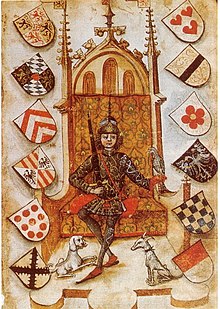
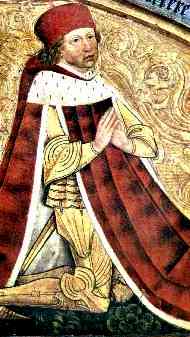




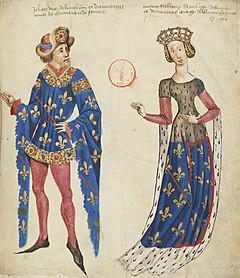






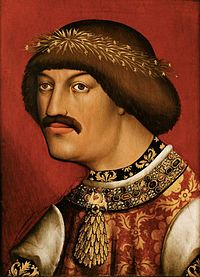
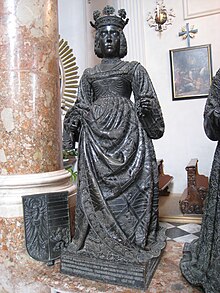





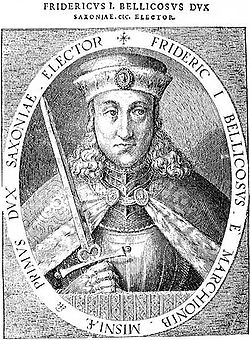



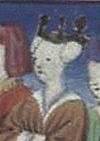
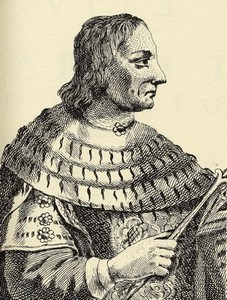
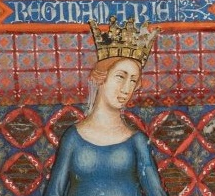



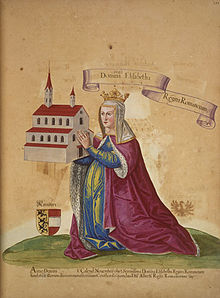



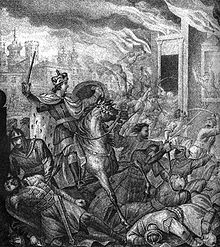








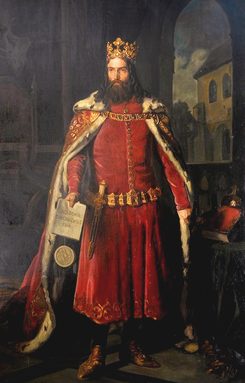
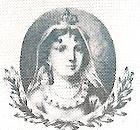








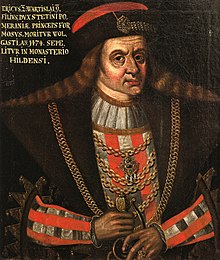
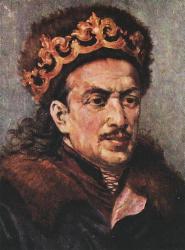







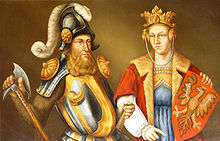


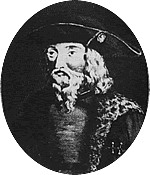



















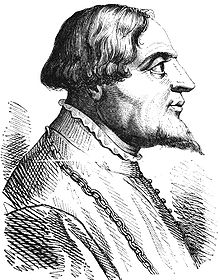
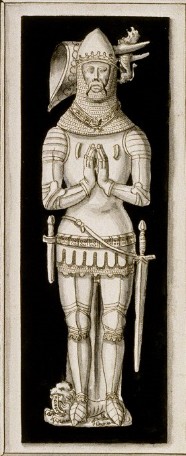






No hay comentarios:
Publicar un comentario